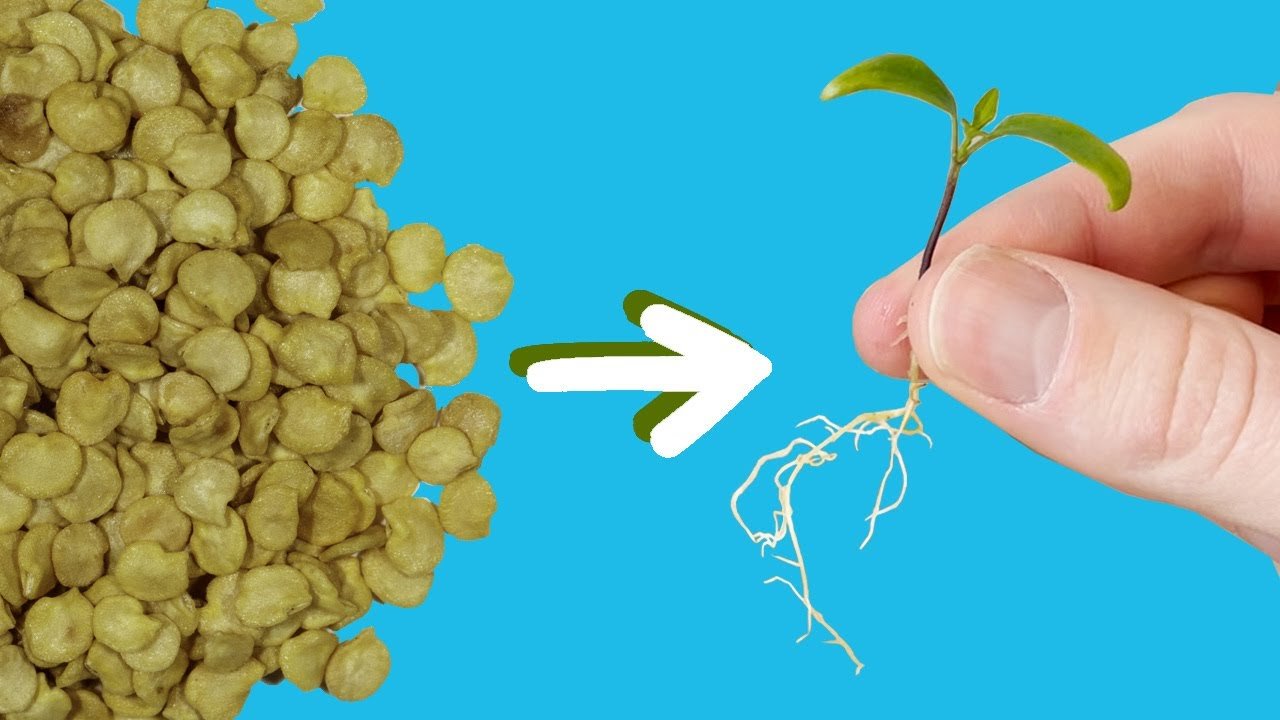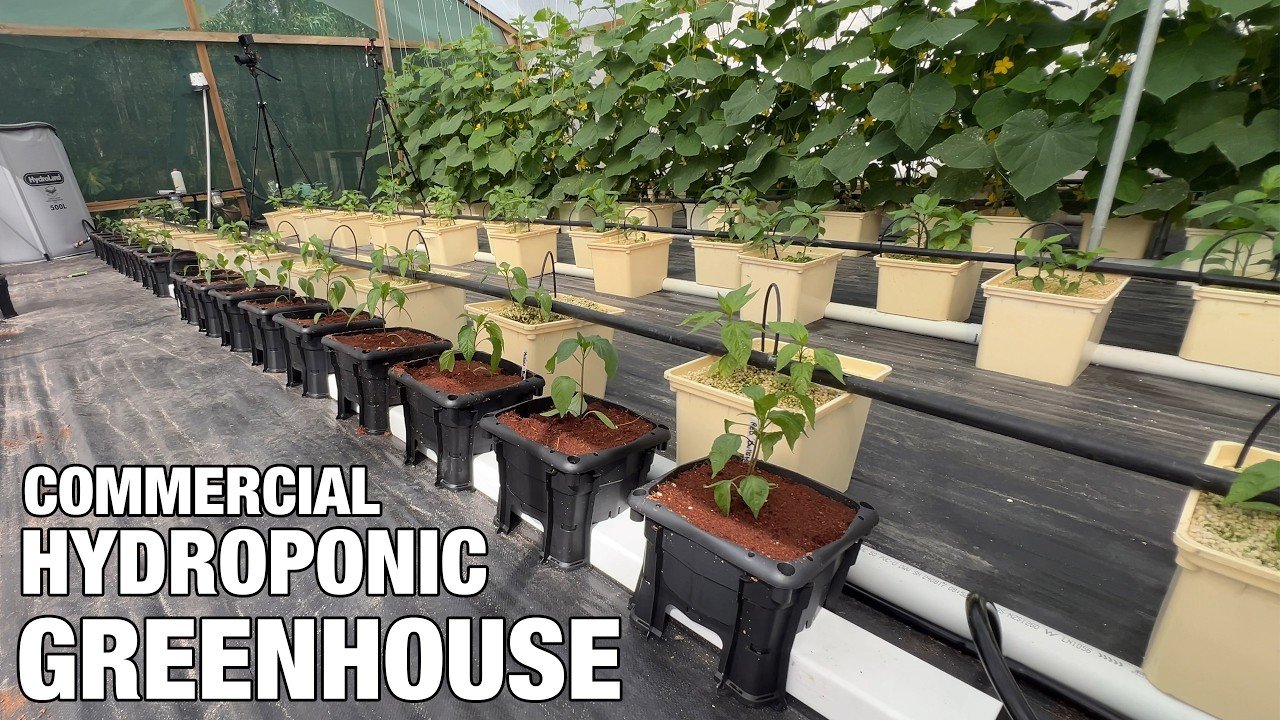Hydroponic Farming: My Backyard Aquaponics Adventure
It all started one rainy afternoon last spring while I was rifling through my cluttered shed, looking for an old rake. As I stumbled across various knickknacks from past projects—a rusty toolbox, a couple of half-used bags of potting soil—I thought about how much I missed fresh herbs.
Then it hit me like a bolt of lightning: Why not try hydroponic farming? I’d heard people rave about growing vegetables and herbs without soil. The idea of resuscitating some old fish tank I had lying around and setting up an aquaponics system sounded like the kind of quirky adventure I desperately needed.
The First Steps
With that, I gathered supplies. I borrowed my neighbor’s old fish tank—a 20-gallon beauty that had seen better days—and picked up a small water pump from the local hardware store, flirting dangerously with the idea of making the fish tank not only a home for fish but a thriving ecosystem. I threw caution to the wind and ordered a few tilapia online. What could go wrong?
I remember sitting on my porch, sipping lukewarm coffee, plotting out my grand design on a napkin. I’d use some old plastic bins I found in the shed for my plants. It felt clever: homespun, resourceful, like something you’d see on a DIY show. I figured enthusiasm could fill in for expertise.
Things Go Awry
Let me be honest: punting on a project like this is a recipe for disaster. I thought I’d nailed it the first day, setting everything up—fish tank, water pump, and seedlings. I was practically giddy, imagining fresh basil ticking off the windowsill and little tilapia gracefully swimming below.
A couple of weeks in, reality knocked. I stood on my back patio one bright Saturday, excited to check on my plants. I should have known something was amiss when I caught a whiff of a funky smell. I peered into the tank, horrified to find the water turning a murky green like a witch’s brew. My heart sank as I realized I’d forgotten a critical step: maintaining proper water quality. The delicate balance between fish waste and plants nutrient uptake had collapsed spectacularly.
Learning Curve
In a moment of pure frustration, I almost threw in the towel. But something stopped me—maybe it was the thought of those poor fish gasping for air or the deep-seated belief that if I just rolled up my sleeves one more time, I could fix it. I grabbed my phone and dove into rabbit holes of forums, troubleshooting guides, and YouTube videos, each click unraveling new layers of aquaponics magic I had yet to grasp.
Ultimately, I learned I needed to cycle the tank properly before introducing the fish. You know, that heady mix of ammonia and beneficial bacteria that makes everything run smoothly. I rigged a makeshift ammonia test using an old aquarium kit I’d barely touched since college, and my heart raced when I saw the readings. Too low, too high, back down the rabbit hole I went.
Riding the Roller Coaster
Once I fixed that part, I was back on my feet, and the system began to thrive—until one day, I found that some of my fish had mysteriously vanished. Panic set in as I scoured the yard, whispering, “No, not the tilapia!” My wife walked out, holding up one of the wandering culprits. “This one decided it wanted to explore the great outdoors,” she laughed, handing it back to me.
I had to pause for a moment to appreciate the absurdity of it all. There I was, the backyard aquaponics king, and all my plans nearly derailed by a fish with an overactive imagination!
Over the next few months, I continued tinkering and tweaking the system, embracing the wild ride. I learned about proper pH levels and nutrition for both plants and fish, slowly understanding why people got so into aquaponics in the first place. There was something magical about seeing the tiny sprouts of kale and lettuce popping up, their roots submerged in water where goldfish nibbled at their confines.
The Sweet Reward
That first time I plucked a blade of basil and inhaled its earthy fragrance, the smell of hard work, trial and error, and humor. Each success was sweeter, tinged with the memories of my many misadventures.
I eventually discovered that my system worked best with a mix of cherry tomatoes, lettuce, and herbs—things that loved the nutrient-rich water and flourished with the familiar cadence of my rural rhythm. I couldn’t help but feel proud every time I brought fresh ingredients to the kitchen. It made me feel connected, not only to the food but to the little creatures swimming below the surface.
A Warm Takeaway
So, if you’re sitting here pondering your own backyard project, I wouldn’t worry too much about getting it right from the start. I certainly didn’t. All those missteps and detours became part of this journey. Just dive in and start. The messy moments and the surprises—those are where the real joy lies.
Believe me, there’s something truly rewarding about growing your own food, even if some of your fish do take on an adventurous spirit. So grab an old tank, a few seedlings, and a little bit of resilience. You’ll learn as you go, and I promise, you’ll find it’s all worth it in the end.
Join the next session to learn from my mishaps and triumphs—I’ve got plenty of stories to share! Reserve your seat here.






Leave a Reply